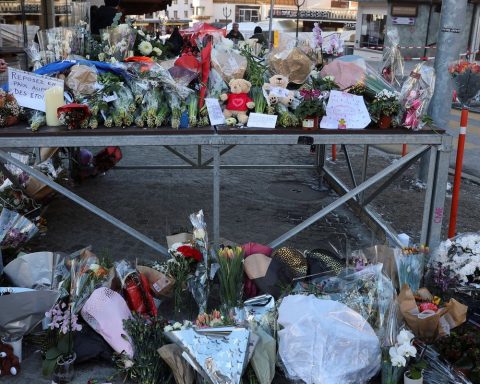The Hubble Space Telescope —operated jointly by NASA and the European Space Agency (ESA)— managed to capture the formation of a “Angel wing”a name given to the VV689 system after the merger of two galaxies, located in the Leo constellation.
According to communicated ESA, compared to “random galaxy alignments that only appear to overlap from our point of view on Earth, the two galaxies in VV689 are in the midst of a collision,” adding that “galactic interaction has left the VV689 system nearly completely symmetrical, giving the impression of a vast array of galactic wings.”
NASA/ESA @HUBBLE_space Telescope image shows two merging galaxies in the VV689 system (the ‘Angel Wing’). Unlike chance alignments of galaxies which only appear to overlap as seen from Earth, these two galaxies are in the process of a collision
https://t.co/yxNOn2vDhq pic.twitter.com/wCWWe1MRuC
— THAT (@that) April 18, 2022
He also noted that “This angelic image comes from a set of Hubble observations.”which was verified by volunteers from the Galaxy Zoo citizen science project, tasked with “classifying galaxies and helping astronomers navigate through an avalanche of data from robotic telescopes.”
The ESA mentioned that they were obtained by the instrument aboard Hubble, known as the ‘Advanced Camera for Surveys’ (ACS), which replaced the Faint Object Camera during servicing mission 3B, done in March 2002. “Selected targets include ring galaxies, unusual spirals, and an amazing selection of galaxy mergers like VV689“, he concluded.
The phenomenon occurs due to gravitational interactions between two or more groups of stars, called ‘galaxies’, whose shapes change as they begin to rotate rapidly, resulting in a new galaxy.
The entrance Space telescope captures an “angel wing”, which was formed after the merger of 2 galaxies was first published in diary TODAY.
















